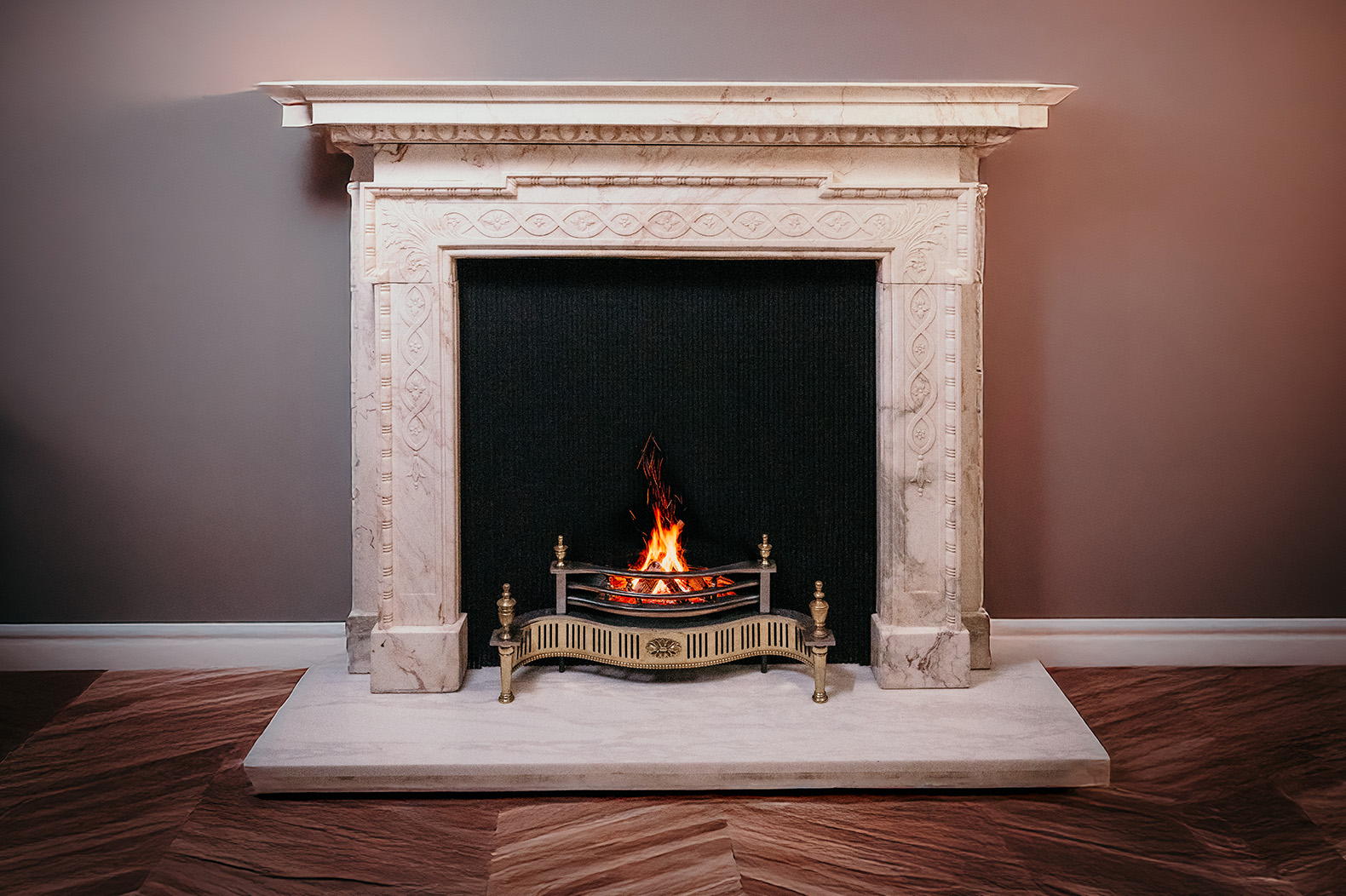Welcome to Marble Hill Fireplaces
‘Concept to Creation, Luxury in Every Detail’
At Marble Hill Fireplaces, we specialise in creating bespoke fireplace and mantel designs, delivering luxury and craftsmanship for every space. With over 40 years of experience, we are trusted by leading interior designers, architects, property developers, and homeowners to bring their vision to life. Our dedicated team works exclusively with top-tier brands and the finest materials, delivering bespoke pieces that reflect the uniqueness of each space.
We combine precision, artistry, and design to build fireplaces tailored to your needs.
Explore our bespoke designs and let us help you create the perfect fireplace.
We provide full-service solutions for Grade II listed buildings, period homes, and commercial projects, from initial consultation and concept design to expert installation and aftercare. As Gas Safe and HETAS accredited professionals, we ensure every project meets the highest safety standards while emphasizing elegance, high-end finishes, and quality. Our extensive range includes gas, electric, wood, and bioethanol solutions, allowing us to work closely with all clients to ensure a flawless design, delivering a seamless and luxurious experience from concept to creation.
Bespoke Design
Every project begins with a vision. Our bespoke design service transforms concepts into stunning fireplaces, blending heritage craftsmanship with modern innovation. Our signature “4 phase 10-step Bespoke Fireplace Design Journey” provides tailored solutions for private residences, luxury property developers, interior designers, architects, and commercial spaces, ensuring each design is a custom fit for its surroundings.
Our Design Process
Fireplace Surrounds
A beautifully crafted mantel enhances the elegance and presence of your fireplace. Our collection includes exquisite bespoke designs, timeless marble pieces, and meticulously restored antique mantels. From grand statement pieces to subtle architectural details, each mantel is designed to complement your space with sophistication.
Finishes & Fabrication
Elevate your fireplace with our premium finishes and bespoke fabrications. Using hand-selected stone, custom metalwork, and high-quality materials like Dekton by Cosentino, we create refined, enduring fireplace finishes tailored to your interior vision. Each element is crafted to enhance both aesthetics and performance.
Installation
Precision and expertise define our installation process. From structural preparation of flue planning and chimney breasts to final commissioning, our skilled team ensures a seamless, stress-free experience. Every aspect, including flue systems and custom integrations, is managed with meticulous attention to detail and lasting finishes.


































